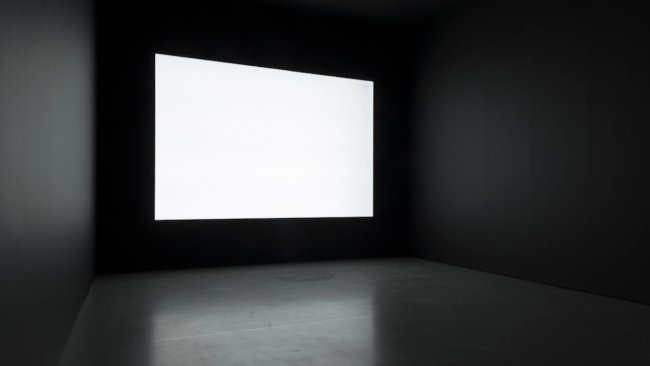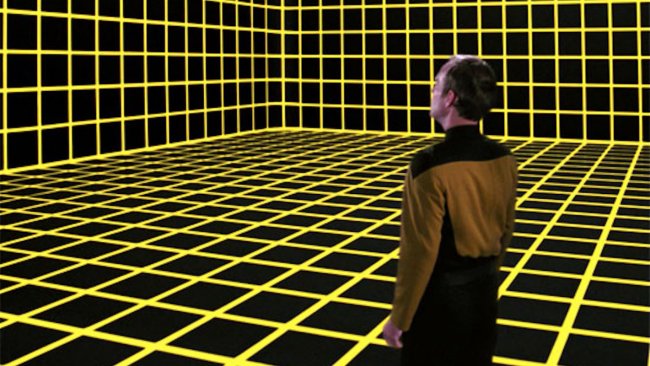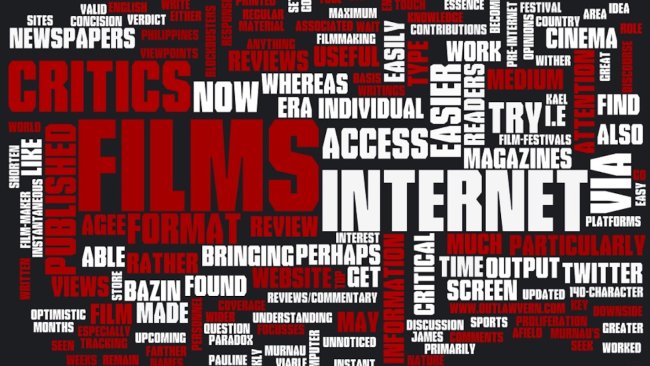The Reception of Moving Images in the Digital Era
How do new digital devices influence our reception of moving images? In which context do we experience moving images today? How interactive are the new formats for moving images? How can we orientate ourselves in the flood of accessible moving images? Is there a common language in the reading the moving images in the digital era? What are the fate and fortunes of the critical reception of moving images within the transformed panorama of journalism?
Filmexplorer has felt the urgency for reflection on some aspects of the reception of moving images in the digital era, partly because we have noticed that the main private and public efforts in this domain are concentrated almost exclusively on the production and the promotion of moving images. Public discussion about the evolution of the moving image seems to be focused primarily on what we call the produce-and-sell question. Aims such as saving the cinema format, trying to sell it through the success of large events, or mimicking the entertainment products of Hollywood, still seem to be more appealing than the aims of rediscovering the deeply transformed reality that the current receivers of moving images live in and exploring new possibilities of reception offered by the new digital formats.
More than speaking about the crisis of cinema, we should focus on the crisis of the offer of moving images; an offer that implodes under the weight of its own excessive quantity. To this respect, a new urgency emerges: orienting ourselves in the landscape of hyper-information that the digital world is offering us. In order to do this, we need to know this landscape and understand its resources, but we also need to learn its languages; a reformulation of the discourses on moving images is necessary, constituting the backbone of a renewed criticism of moving images. There is no healthy production of moving images when their receiver is only a “consumer” of them; there is no film production without a rich film “culture”.
The reflection that we want to stimulate through the Forum 2017 is particularly useful in the context of Switzerland, where the public debate about moving images seems to be blocked in the repetition of the obnoxious question of the specificity of Swiss cinema, or to desperately try to find a good formula to produce better comedies. Filmexplorer’s commitment to highlight the many courageous and pioneering initiatives in Switzerland and abroad, on new forms of moving images and new ways of conceiving them, find a moment of synthesis in this context. This forum is a structured and multifaceted reflection on the theme of the reception of moving images in the digital era, which has the programmatic intention of stimulating the public and political debate on the evolution of moving images in the digital era. There already is a landscape that is necessarily Swiss-and-international, in which a number of elements – TV series, the VOD (Video-On-Demand) market, the interactive film, film installations, itinerant cinema, video-essays, video channels on the web, short video formats for social media, videogames, VR (Virtual Reality) and AR (Augmented Reality), immersive journalism, interactive documentaries, and so on – all play a decisive role. Not all that is new is necessarily interesting, but we need to understand the whole picture in order to choose and critically receive the moving images that we like to experience.
One of the main traits of the digital world is the increasing speed of production and reception that informs the transmission and format of moving images. To this respect, looking at an Instagram video on a smartphone can be an (almost paroxysmal) example of two important aspects of the digital reception of moving images: the passive moment of reception is always more quickly followed by the active moment of reception (i.e. the formulation of feedback by the receiver), and the “manipulability” of the device transmitting the moving images implies the possibility for the receiver to express their feedback more quickly – a feedback that can easily take the form of moving images as well, thus giving the reception the form of a production. This means that, even if a film or video is not explicitly conceived as interactive, we have noticed that digital moving images have the natural tendency of conveying a stronger degree of interaction. In this way, the production is always more directly influenced by the reception, which thus becomes an indirect form of production and can even express itself in the form of a production of moving images.
This interaction between production and reception can be confirmed if we reflect on it from the point of view of the producer of moving images. One feature of the digital devices for the production of moving images is that they give the producer a greater ability to control the moving images while they are being produced: the producer views them as a receiver while she/he is producing them. In short, the digital specificity of moving images lies in the increasing interrelation and interaction between the production and the reception of moving images.
Notwithstanding the validity of the arguments we have proposed above on the importance of focusing on the reception of moving images, now we can refine our perspective in recognizing the fundamental interrelation of production and reception of moving images in the digital era. This gives us the main direction of our inquiry, which will be the notion of “interaction”.
We have hinted at the interaction between production and reception, between the producer and the receiver (who can also be the same person). This interaction seems to be not only an indirect form of interaction with the moving images, but the complex interrelation between the production and the reception, which, as we have stressed, will modify our habitual conception of the interaction between the receiver and the moving images, blurring the contours of the distinction between activity and passivity.
The experience of “immersion” that we have watching a film in a cinema, for example, has largely been considered an example of passivity, at least in a physical respect – our minds being, of course, extremely active. The situation of a film or video presented in an exhibition space would introduce a weak form of interaction, insofar as we are used to feeling more free to move around the space. Our physical activity does not actually modify the running of the moving images in an exhibition space, unless some sensors would be installed and used to modify the sequence of the moving images; this is a good example of the kind of interaction typical of moving images presented in an exhibition space. Effective interactions in the cinema can also be possible, as is the case with films like the recent Late Shift (see Filmexplorer’s review of the movie and interview with the filmmaker Tobias Weber), where the audience can use a smartphone or tablet with an app that gives them several opportunities to choose the evolution of the plot. Even one of the strongest experiences of immersion with moving images – i.e. the insertion of moving images in VR settings – is highly interactive, insofar as the movements of our body determine the images that we see.
Videogames or websites are the main contexts where we can experience a direct form of interaction that modifies the running of moving images. It is noteworthy that most of these interactive modes of receiving moving images are experienced in a solitary context. The ductility of the digital support of moving images has certainly improved the ease of production and access to moving images, but it has also introduced a higher degree of interaction directly between the receiver and the moving images, probably to the detriment of the interaction between the receivers themselves.
Another more general question concerning the interaction with moving images is that our capability of modifying the running of moving images is always embedded in a system of a predetermined range of possibilities. The freedom we experience in interacting with the moving images is, thus, always a limited freedom and, in a way, it is pre-empted by the programming of the interactive film. In reference to this, it is probably right to assume that an even higher degree of interaction depends more on the capacity of the receiver to influence the producer because, in this way, she/he interacts with the very programming of the interaction with the moving images… The interaction between the producer and the receiver of moving images may be more extensive than its being only an indirect form of interaction with the moving images.
In this context, a seemingly weak form of interaction, like the critical reception of moving images, can constitute an important aspect of the general question about our interaction with moving images. The speed of the digital communication and the possibility of working with hypertexts and with diverse forms of media (words, images, audios, videos) improve the flexibility and efficaciousness of digital criticism. If the general public clearly expresses a lack of interest in an in-depth critical discourse on moving images, this not only has to be described as a regrettable crisis but as an interesting evolution. The digital criticism should consider the very notion of “public” – and “publishing” – anew, insofar as it has the possibility of building a new public world-wide, in which geographical limitations are replaced by the grouping of audiences through competence, interest or passion – these groups functioning as new motors of motivation for a larger public. From the apparently simple task of selecting within the abundant offer of moving images, which should be further elaborated through their curation, to the elaboration of new languages to cope with the evolution of moving images (for example, the form of the video-essay), the realm of digital criticism has the ability to interact very closely with the world of production itself, to witness the evolution of the forms of moving images in the digital era, and to promote an experiential and critical access for new generations.
These reflections clarify our reasons for choosing precisely these three thematic areas of discussion. Even if they are intertwined, we want to propose an in-depth discussion of each of the three topics, digging into precise questions and involving prominent experts who can better stimulate the debate. Each thematic area will be presented through a more general introduction, to which several interviews will be added allowing us to go deeper into specific aspects of the topic. The three thematic areas are:
The Hybridization of Art and Cinema: Between the Black Box and the White Cube
Interactive Digital Narratives and Moving Images
Room for Discussion: Digital Criticism of Moving Images
Immersion and interaction are aspects of an older debate on the formats of the black box (traditionally exemplified by the cinema theatre) and the white cube (traditionally exemplified by the art gallery) as two different contexts for the experience of moving images. The specific perspective of their hybridization, which has historically always been present, but which has gained new momentum through the digital revolution, will be the special focus of our interests. With the second thematic area we will go more into detail regarding the question of interaction, approaching the two most established forms of interaction with moving images in particular: the interactive web documentary and the video-game. The question of the critical reception of the moving images in the digital era will end our Forum 2017, involving the more general question of the transformation of the publishing sector in the digital era and the more specific question of the contours of the so-called “crisis of criticism”. At the same time, we will open up an inquiry on a new frontier of digital criticism, the video-essay, which can be seen as a new form of discourse on moving images, but also as a way to approach the moving images themselves.
The Forum integrates texts, images, audio and video materials, and many links and references, with the intention of not only speaking about, but also concretely exploring different modes of digital criticism.
The three thematic areas are the result of a collaboration between Filmexplorer and three curators: Giuseppe Di Salvatore, “The Hybridization of Art and Cinema: Between the Black Box and the White Cube”; Mattia Lento, “Interactive Digital Narratives and Moving Images”; and Jacqueline Beck, “Room for Discussion: Digital Criticism of Moving Images”.
The Forum 2017 uses the four languages of Filmexplorer: German, French, Italian, and English. All introductions are available in English.
The Forum 2017, which is supported by the Swiss Bundesamt für Kultur (BAK) within the project “Debates of Cultural Politics”, is conceived only as a starting point for a discussion that Filmexplorer intends to continue on its website and in other platforms for dialogue in Switzerland and abroad.
The Forum 2017 is also a first programmatic and structured reflection by Filmexplorer, that comes after a long series of contributions on the topics of the Forum 2017, which have been autonomously produced on the website, in the section “Logbook”.
Here you can EXPLORE THE ARTICLES OF FILMEXPLORER that directly or indirectly approach and develop the question of the reception of moving images in the digital era.


